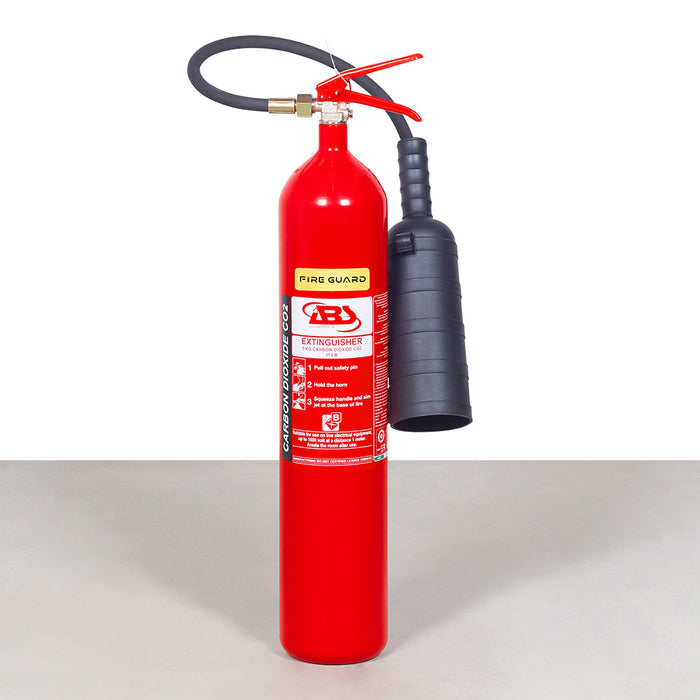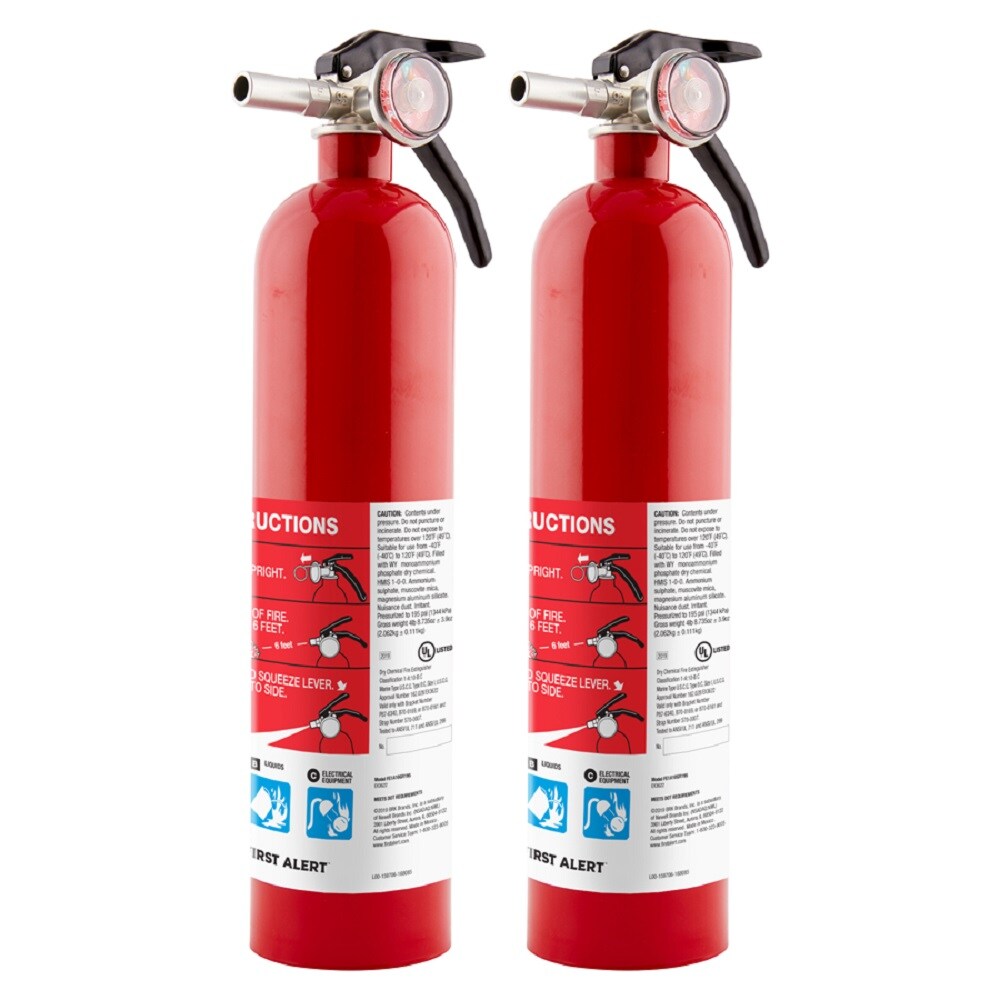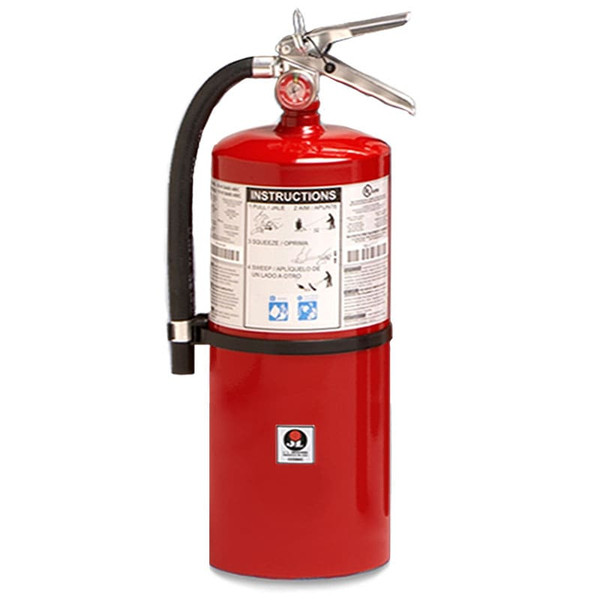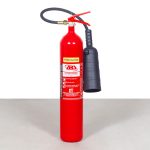Importance of Fire Extinguisher Proficiency
Understanding how to operate a fire extinguisher is crucial for safety. Mastering its use can prevent catastrophic losses. Having this skill ensures that you can act quickly and effectively during emergencies. Proper proficiency helps mitigate the risk of injury and property damage. It empowers individuals to handle fires until professional help arrives. How to operate a fire extinguisher? Thus, knowing how to use a fire extinguisher is a vital safety skill for everyone.
Fire Extinguisher Basics: Types and Uses
Fire safety equipment is essential for any setting – be it home, office, or car. Knowing the different types of fire extinguishers and their specific uses is critical in managing fires effectively. Here is a simplified overview of the main types of fire extinguishers and when to use them.
Identifying Different Types of Fire Extinguishers
There are various fire extinguishers, and each is designed for specific fire classes. The common types include:
- Water extinguishers: Best for paper, wood, and textiles.
- Foam extinguishers: Work on flammable liquids and solids.
- Dry powder extinguishers: Useful for most fires, including flammable gases.
- CO2 extinguishers: Ideal for electrical fires and flammable liquids.
- Wet chemical extinguishers: Specifically designed for kitchen fires involving cooking oils.
Appropriate Usage of Extinguishers
Every type of fire extinguisher is clearly labeled for its intended use. Here’s how to apply this knowledge:
- Electrical fires: CO2 extinguishers are recommended. They smother the fire without conductive risk.
- Kitchen fires: Wet chemical extinguishers should be used to prevent splashing and spreading of flames.
- General fires: Dry powder extinguishers can tackle most fires but consider the mess they might create.
It is vital to understand how to operate a fire extinguisher correctly. Inappropriate use can worsen the situation. Always check the label and use the extinguisher designed for the specific type of fire you’re facing.
Remember, having the right fire extinguisher at hand is just half the battle. Knowing how to use it effectively can save lives and property. Ensure fire extinguishers are easily accessible and that you are familiar with the PASS technique, which will be explained in the upcoming section, for quick and effective use during emergencies.
The PASS Technique Explained
Learning to use a fire extinguisher effectively can be streamlined into a simple acronym: PASS. This method breaks down the steps required to operate an extinguisher, making it easy to remember during stressful situations. Here’s a step-by-step guide on using the PASS technique to fight fires.
Pull the Safety Pin
To start, locate the safety pin on the fire extinguisher and pull it out. This action unlocks the device, making it ready for use. Remember, the contents are pressurized, so handle it carefully.
Aim at the Base of the Fire
Next, aim the nozzle or the hose at the base of the fire, not the flames. Targeting the base helps in effectively tackling the fire’s source.
Squeeze the Handle
Once aimed, squeeze the handle or lever gently. This releases the extinguishing agent. Do not apply sudden pressure; a steady squeeze ensures controlled release.
Sweep from Side to Side
Finally, sweep the nozzle from side to side covering the area of the fire. This technique helps to extinguish all parts of the fire. Move methodically to cover the entire base of the fire.
Utilizing the PASS technique can significantly enhance your ability to control a fire quickly and efficiently. Practice this method regularly to ensure readiness in case of an emergency. Always remember, safety first – if a fire seems uncontrollable, evacuate immediately and call for professional help.
Before a Fire: Preparation and Prevention
Preparation and prevention are key components in fire safety management. Before a fire even ignites, there are several steps you should take to minimize risks and ensure a swift response should an emergency arise. Here are essential practices to implement:
Understand the Risks in Your Environment
Identify potential fire hazards in your space. From overloaded power outlets to flammable materials, awareness is the first step to prevention.
Install Adequate Fire Safety Equipment
Equip your home or workplace with the right fire safety equipment. This includes smoke detectors, fire extinguishers, and fire blankets.
Regularly Check Fire Extinguishers
Ensure fire extinguishers are in working order. Check the pressure gauge is in the green zone and seals are intact. Replace or service any that are not fully functional.
Plan Escape Routes
Map out clear escape routes. Practice evacuations to know the quickest and safest way out in case of a fire.
Conduct Fire Drills
Regular fire drills can prepare you and others to react calmly and quickly during a real fire. Do them periodically to keep everyone alert.
Educate Everyone Involved
Teach family members or employees how to operate a fire extinguisher using the PASS technique. Knowledge can make a critical difference.
By implementing these steps, you can significantly reduce the likelihood of a fire occurring and be well-prepared to handle one if it does. Remember, effective fire response begins with solid preparation and prevention strategies.
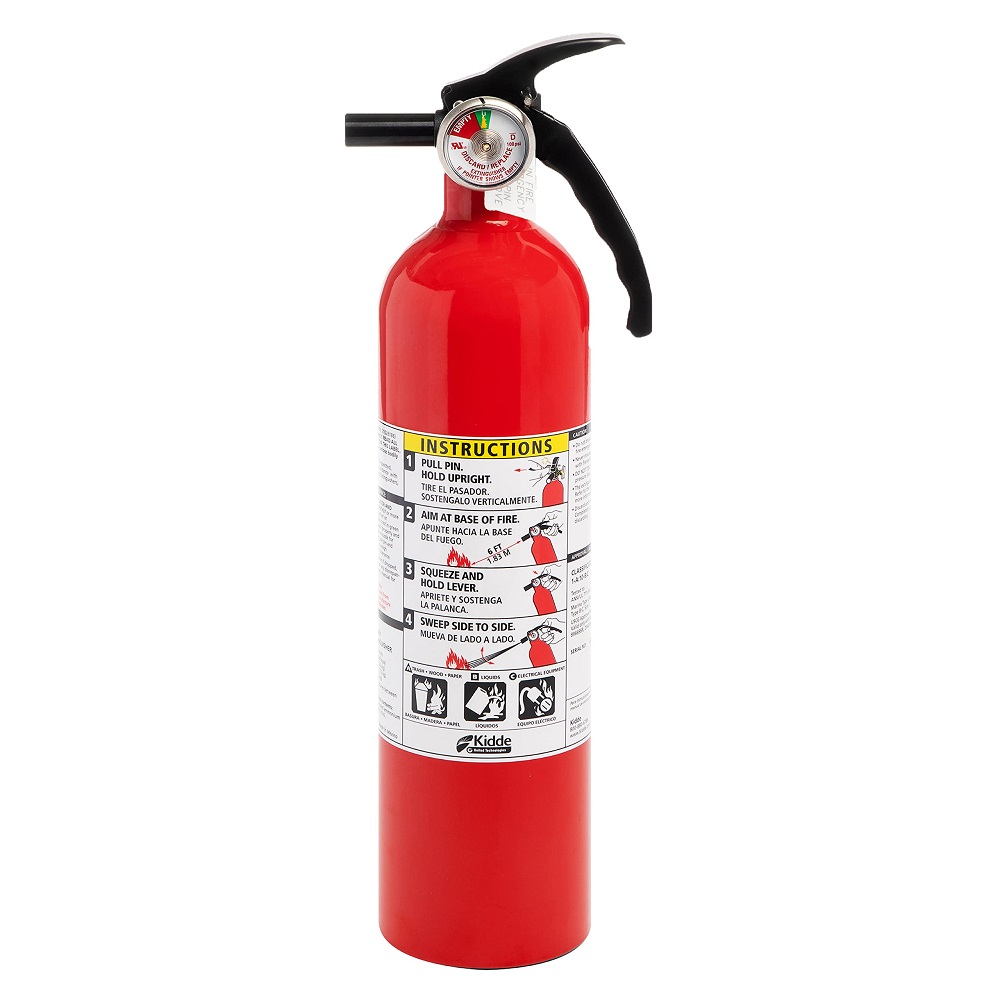
During a Fire: Calm Response and Execution
When a fire occurs, staying calm and executing planned steps is crucial. Here’s what you need to do during a fire:
Stay Calm
Panicking can cloud judgment. Take a deep breath and recall your fire safety training.
Grab the Fire Extinguisher
Quickly locate the nearest fire extinguisher. Check if it’s fully charged and operational.
Alert Others
Shout to alert others in the vicinity. Doing so can help prevent injuries and spread awareness quickly.
Use the PASS Technique
Deploy the fire extinguisher using the PASS technique:
- Pull: Remove the safety pin.
- Aim: Direct the nozzle at the fire’s base.
- Squeeze: Gently squeeze the handle to release the agent.
- Sweep: Move the nozzle side to side to cover the fire’s area.
Evacuate if Needed
If the fire is too large or the extinguisher is ineffective, evacuate immediately. Prioritize personal safety over property.
By maintaining a calm demeanor and executing these steps, you can effectively manage a fire until help arrives.
Positioning: Safety and Effectiveness
In the event of a fire, positioning is a key aspect. Here are tips for effective use of a fire extinguisher through proper positioning:
Understand Safe Distances
Before approaching the fire, identify a safe distance. This ensures you won’t get too close to flames or heat. A general rule is to stand about six to eight feet away from the fire.
Check Your Surroundings
Make sure you have a clear escape route. Avoid positioning yourself in a way that blocks your exit. Always have an escape plan ready.
Place Yourself Upwind
When possible, use the fire extinguisher from an upwind position. This prevents smoke and fire extinguisher chemicals from blowing back at you.
Ensure Firm Footing
Stand on solid ground to maintain balance while using the fire extinguisher. This prevents slips or falls during use.
By following these positioning guidelines, you enhance your safety and the effectiveness of the fire extinguisher in controlling or extinguishing a fire.
Aftermath: Assessing the Situation and Further Actions
After using a fire extinguisher, it’s important to assess the situation. Evaluate the area for safety. Look for lingering fires or smoldering materials. This can help prevent re-ignition. Ensure the fire is completely out before you leave the area. If any doubt remains, call the fire department immediately.
Check for Damage and Hazards
Inspect the room for damages. Fire and extinguishing agents may have harmed electronics or structures. Identify potential risks, like weakened floors or electrical hazards. Report these issues for professional assessment and repair.
Ventilate the Area
Clear the space of smoke and chemical residue. Open windows or use fans if necessary. Proper ventilation helps restore air quality and reduces health risks from fumes.
Recharge or Replace the Fire Extinguisher
Used fire extinguisher need attention. If partially used, have it recharged. If empty, obtain a replacement promptly. Always be prepared for future emergencies.
Review and Reflect on the Incident
Take time to think about the fire event. Consider what worked well and what didn’t. Learn from the experience to improve future responses. Sharing insights with others can help them too.
Update Emergency Plans
If needed, adjust your fire safety plan. Include any new findings or strategies. Make sure escape routes and meeting points are still valid.
Remember, assessing the aftermath is as critical as knowing how to operate a fire extinguisher. It ensures ongoing safety and prepares you for any future incidents.
